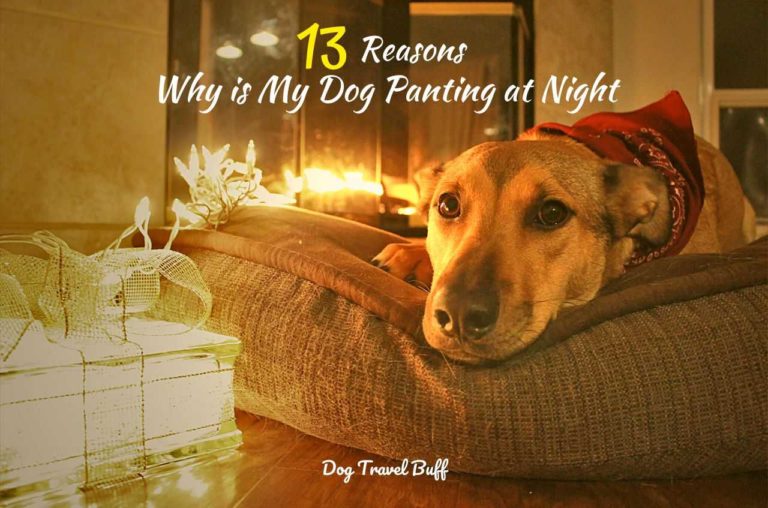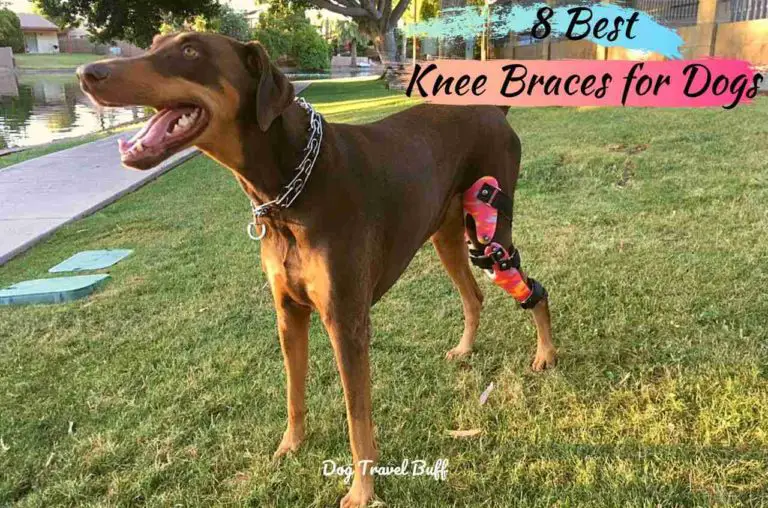My Dog Walked On Grass With Pesticide: What To Do and How to Prevent
We usually use pesticides to maintain the beautiful look of our lawn and protect the plants from insects, weeds, and other pests. But if you have pets, especially dogs, you must be extra careful about it. Dogs love rolling around and running in the yard, which can harm them if the lawn has recently undergone a pesticide treatment.
The harmful chemical effects of pesticides on dogs often make pet owners wonder what to do if my dog walked on grass with pesticides. Well, it’s not easy to handle pesticide poisoning in dogs without having prior experience.

This post may contain affiliate links. If you buy something through one of those links, you won’t pay any extra penny, but I’ll get a small commission that encourages me to deliver more helpful content for you.
So, as an owner, what should you do to control the adverse effect of the chemical on your dog? Go through this article to get proper guidance on what to do when your dog gets pesticide poisoning.
Is grass dangerous for dogs?
Well, if it’s normal grass that hasn’t been treated with any chemical, it won’t cause any issue for the dog. But if your dog walked on pesticide grass, you should be concerned about it.
The active ingredients in the pesticides get trapped within the dogs’ hair follicles and skin pores. In addition, all canines have the habit of licking their body parts, and when they do so after playing on the pesticide-treated ground, the harmful chemicals get into the dog’s body through its mouth.
The chemicals then travel through the food pipe along with the salivary amylase and get into the digestive system, interrupting the smooth enzymatic activities and leading to several stomach disorders and decreased immunity.
Can grass pesticides make dogs sick?
Yes, they do. Dogs love to play on grass, but many of you might be unaware that your lawn’s pesticide treatment can cause severe health issues to your lovable pets.
The active ingredients of the pesticides which enter the dog’s body after it walks on chemically treated grass are known as endocrine disruptors. As they enter the body through the mouth of the canine, they disrupt the hormonal regulation of the body, causing reproductive problems and adverse developmental diseases.
The hormonal regulation gets disturbed, leading to different body-related ailments like respiratory issues and many others for your dog.
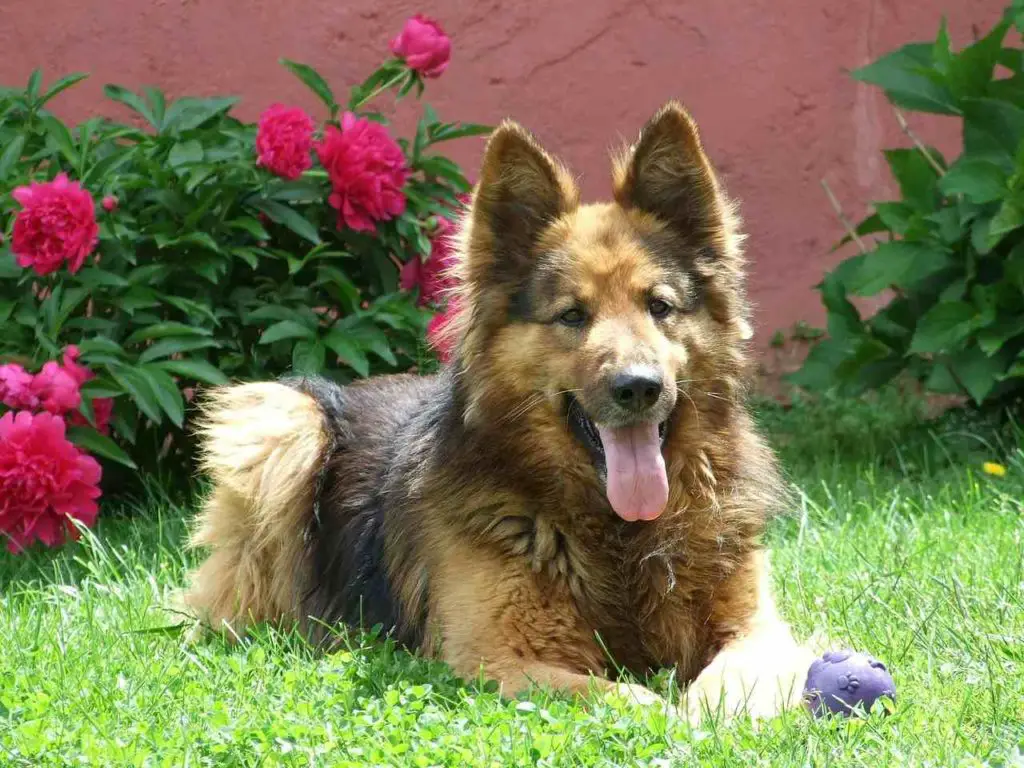
How do pesticides affect the hormones in a dog’s body?
The hormones released by the endocrine system of the dog’s body are mainly responsible for the smooth regulation of the bodily movements of the canine. The thyroid, gonads, adrenal, and pituitary glands are the ones that secrete the essential hormones named thyroxine, estrogen, testosterone, and adrenaline to regulate almost all the necessary body movements.
The process through which the endocrine disruptors cause disturbance in the smooth regulation of body movements is discussed below.
- These endocrine disruptors mimic the function of the naturally released hormones like testosterone and adrenaline, but this doesn’t work for your dog’s welfare. This is because, along with mimicking the behavior of the natural hormones, they bind with the receptors within the cell, preventing the correct hormone from performing its necessary function.
- They block the hormone receptors in the cell by binding with the steroid hormone receptors, estrogen receptors, progesterone receptors, and androgen receptors. When the endocrine-disrupting chemical alters the movement of the endogenous hormones, it leads to abnormal reproduction in your dog, stimulation of cancer growth, and dysfunction of the neuronal immune system.
- These disruptors binding with different body receptors causes a considerable imbalance in regulating your dog’s body movements. The regulation of their movements ceases the functioning of the thyroid and adrenal glands, which are responsible for the adequate release of hormones.
Hence, the endocrine disruptors alter the concentration of the adequate amount of hormone released in the body and make the pet suffer from severe issues. Thus, it’s evident that lawn treated with weed killer is harmful to dogs.
What are the signs of pesticide poisoning in dogs?
When your dog gets affected by the chemicals in pesticides, its body responds. Therefore, you can take the necessary precautions to protect your pet from severe pesticide poisoning by detecting these responses.
Here are some of the symptoms of pesticide poisoning noticed in dogs.
- Skin rashes – When the active ingredients of the pesticides get trapped in the dog’s coat, it remains there for a longer time, making the body cells dead. And this leads to skin rashes.
- Vomiting – The endocrine disruptors in the pesticides disrupt the entire hormonal levels inside the canine’s body, interrupting its digestion process and making your pet vomit incessantly.
- Respiratory problems – The release of oxytocin and adrenaline decreases once the endocrine disruptors enter the dog’s body. It reduces energy, making the canine suffer from acute respiratory problems.
So, if you notice any of the symptoms mentioned above in your dog after the lawn treatment, take it to the veterinarian at the earliest.
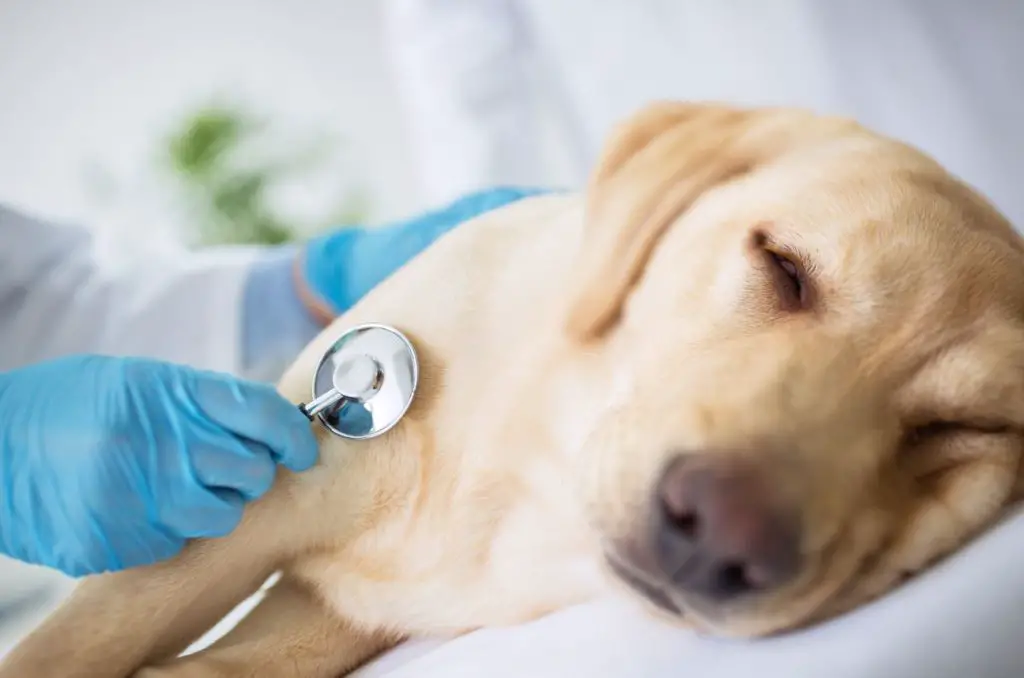
My dog walked on grass with pesticide – What to do now?
We have already mentioned that when pesticides enter your dog’s body, their entire bodily system gets disturbed, leading to hormonal imbalance. And this condition can’t be treated with home remedies, due to which a vet visit gets essential in such a situation.
The veterinarian prescribes effective medicines that can detox dogs from pesticides. So, as soon as the medication gets into the dog’s stomach, they react to the toxicity of the chemicals, neutralizing the effect of the active ingredients present in them.
Hence, it is suggested that if your doggo walks on a pesticide-treated lawn, you should immediately go for a visit to the veterinarian.
How do you prevent your dog from ingesting pesticides on the lawn?
Now that we have discussed why to prevent your canine from getting close to the pesticide-treated lawn, it’s time to highlight the precautions you should follow to protect your pet from the harmful effects of these chemicals.
The steps that needed to be followed are discussed below. You can entirely rely on them to successfully prevent your dog from intaking pesticides sprayed on the lawn.
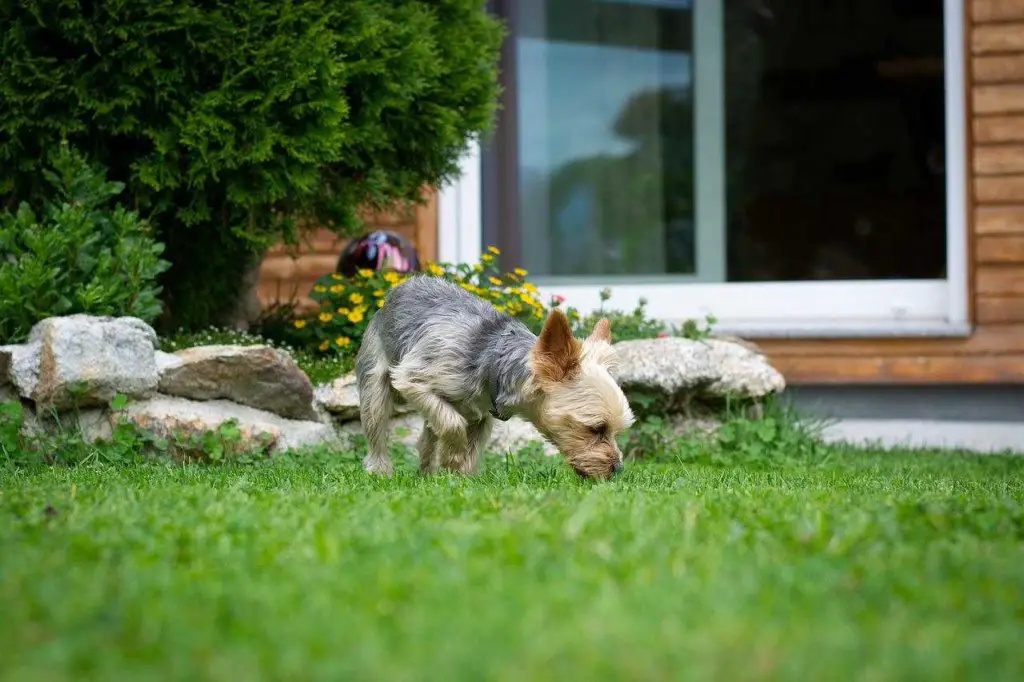
Keep the dog away from the treated areas
Keeping your pet away from your lawn is no doubt the safest way to prevent it from undergoing pesticide poisoning. But how long to keep dogs off the grass after pesticide?
Well, as per the research, it is known that whenever the lawns on the grass get a pesticide treatment, it takes almost 24 to 48 hours for the grass to absorb the active ingredients of the pesticides in the tiny pores of their leaves to repel nearby insects and weeds.
After the chemicals get entirely absorbed, the lawn gets less toxic. Thus, it is suggested to keep your dog off the yard for at least 48 hours after the treatment.
Always clean the dog’s paws while letting it in
If your dog walked on the grass with fertilizer, ensure to clean its paws and the entire body with a wipe. It will help even the minimal amount of active ingredients of the pesticides get removed from its coat.
Dogs usually do not lick their body outside as they get engaged in playing. Instead, they lick their body more when their playing session is over. Therefore, cleaning your dog thoroughly while letting it in the house can help prevent the canine from those toxic chemicals.
Stop the dog from eating the pesticide-treated grass
The most important thing you should do to protect the dog from those pesticides on your lawn is to stop them from consuming the chemical-treated grass.
But in case your dog ate grass with pesticides, what should you do? Well, instead of getting curious about your dog’s health in this situation, you should rapidly call your vet for suggestions or instantly take the pet to the veterinarian.
The vet will suggest what exactly you should do at this time to prevent the spreading of the active ingredients in the stomach of the canine.
However, if you don’t want your doggo to face such hassles, all you can do is keep an eye on the dog while it plays on the lawn and prevent it from chewing or licking the grass.
Conclusion
Now that you have reached the end of the article, you must have got the answers to your question, what to do if my dog walked on the grass with pesticides.
However, it is suggested to strictly prevent your dog from getting closer to the lawn after undergoing a pesticide treatment. If the dog has already walked on the pesticide, do not wait; take it to the vet immediately.
Read Next:
- 13 Reasons Why Is My Dog Panting At Night
- 14 Reasons Why Your Dog Keeps Licking Base of His Tail?
- Why Is My Dog Sneezing a Lot and Shaking His Head?
FAQs – Dog Walked on The Grass with Pesticide
1. Is Roundup poisonous to dogs?
A: Yes, Roundup is harmful to dogs, as its active ingredient, glyphosate, interrupts their body’s critical enzymatic reactions.
2. Can pesticide poisoning be life-threatening for your canine?
A: Yes, but only if it remains untreated for a long time.
3. How to get sticky grass seed off dog fur?
A: If your dog rolls in the mud or in the field a lot, grass seeds can get stuck on its fur. You can use tweezers or a comb to remove them from your dog’s fur.


